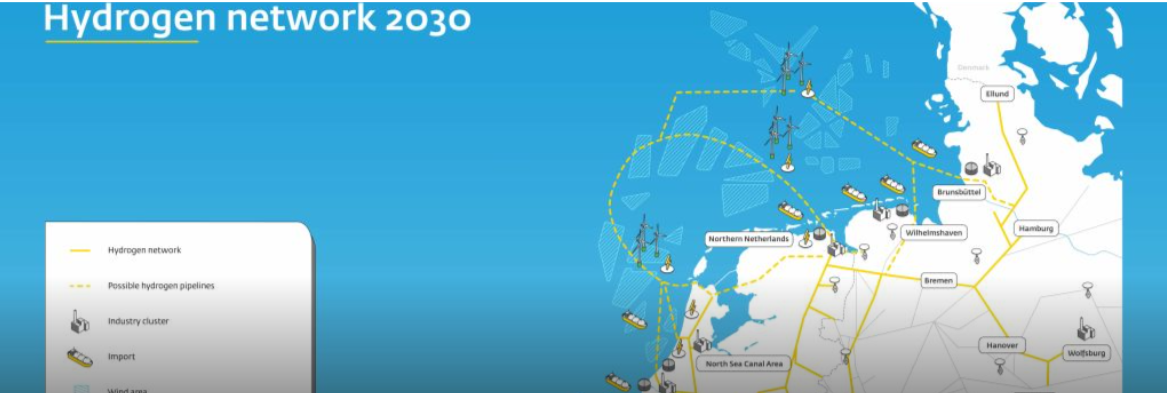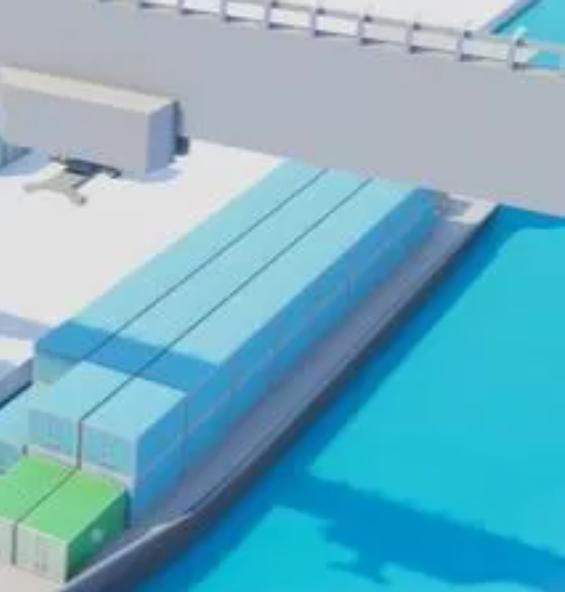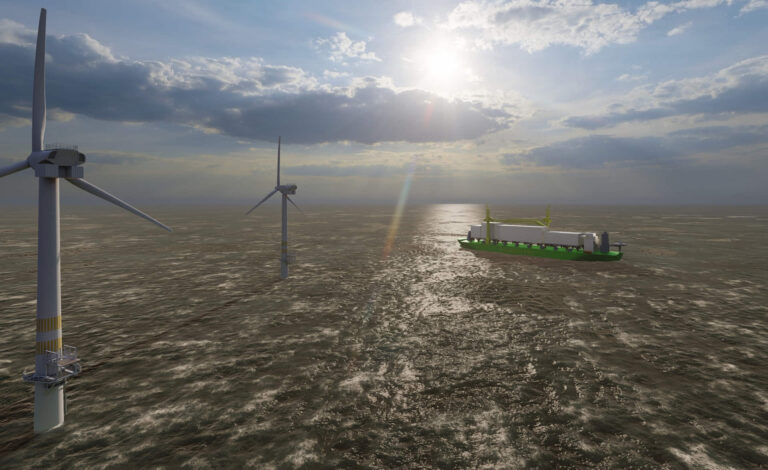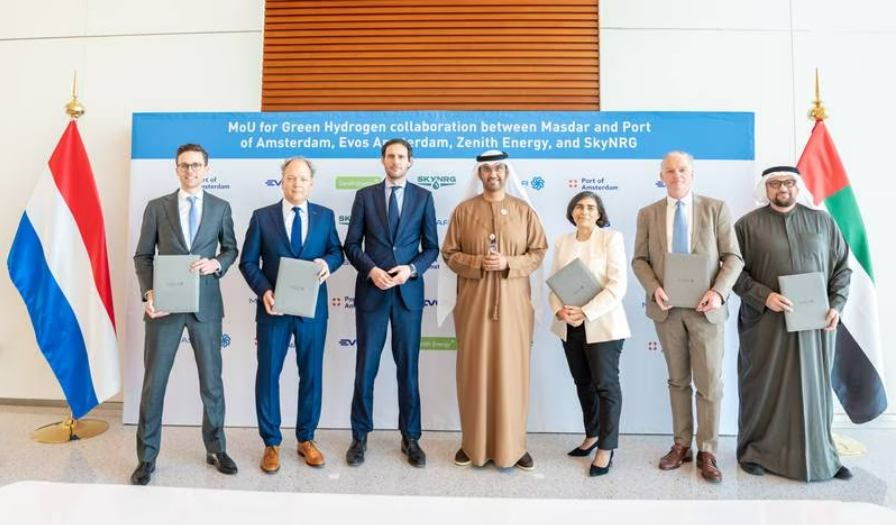
Whilst the first section in Rotterdam, which has already begun construction, will reportedly be ready in 2026, Gasunie has warned the “hydrogen market as a whole is not developing as fast as expected, and the infrastructure is unfortunately no exception.”
Designed to connect Rotterdam, Zeeland, the North Netherlands, the North Sea Canal Area, Chemelot, and the Delta Rhine Corridor, the network will facilitate hydrogen transport and strengthen the Netherlands’ position as a leading hydrogen hub in Europe.
However, the recent timeline delay has been attributed to two main factors by Helmie Botter, Business Development Manager at Gasuni and Joost Hooghiem, Director of Hydrogen Network Netherlands, specifically the long permitting procedures and identifying qualified staff.
“First, the procedures to obtain permits are taking much longer than we estimated beforehand,” explained Hooghiem, “Both construction and operation of hydrogen pipelines require a permit.”
Botter stressed that they couldn’t determine if the new Dutch Environment and Planning Act would affect the network. Hooghiem added, “Citizen participation has become much more important under that Act.
“We knew that citizen participation was important before, but, under the new law, it simply takes more time than in the past. And there are more interdependencies between the permitting process and the engineering than we anticipated beforehand.
“Studies of the flora and fauna around the construction site or archaeological reports are more likely to have an impact on the design. We thought we could launch a number of those procedures in parallel, but it turns out we can’t, which increases the lead times.”
The Director reiterated that Gasunie will sit down with the central government to investigate whether and how they can shorten permitting times, “while still maintaining due diligence.”
Furthermore, the scarcity of “sufficient and qualified” personnel generated additional challenges, according to Hooghiem.
On the other hand, Botter emphasised that Gasunie is not content to “simply accept and work to these timelines,” acknowledging the concerns raised by stakeholders.
“The picture emerging from [initial] discussions is that people can more or less live with the development in the coastal clusters in or before 2030. The timing after that is difficult, as 2030 may be a tipping point for hydrogen.
“And we understand that concern. After all, many policy goals focus on 2030. Businesses are not happy with the timeline as it stands. And neither are we. Industrial companies have prepared plans based on a 2030 horizon. But if the infrastructure is not there, they will have to delay making their production processes more sustainable.”
Despite the delay, “networks in the other coastal clusters will be ready by 2030 at the latest, including a connection to Belgium from Zeeland and a connection to Germany from the northern part of the Netherlands.”
Botter continued, “In the period from 2031 to 2033, we will build the connections to connect the clusters. The Delta Rhine Corridor, a new pipeline system running from Rotterdam to Boxtel, is part of that work.”
The current approach by Gasunie offers two timeline probabilities for each hydrogen network section: one date based on a p50 timeline (50%) and another date based on a p90 (90%) timeline.
“We are giving market participants more accurate information about the timeline and risks to help them more effectively assess their own risk exposure,” Hooghiem explained.
Botter reaffirmed that Gasunie will work together with regional authorities and parties to ensure the work is completed as soon as possible.
“We have a shared goal of making the industry more sustainable, making the Netherlands the leading hydrogen hub in north-western Europe, and achieving a sustainable and prosperous Netherlands.
“We are going to discuss this with the appropriate parties, based on the proposal to adjust the roll-out plan.
“After consultation, we will amend the plan and submit it to the Dutch Minister of Climate Policy and Green Growth, who will then determine the final roll-out plan,” Botter concluded.






